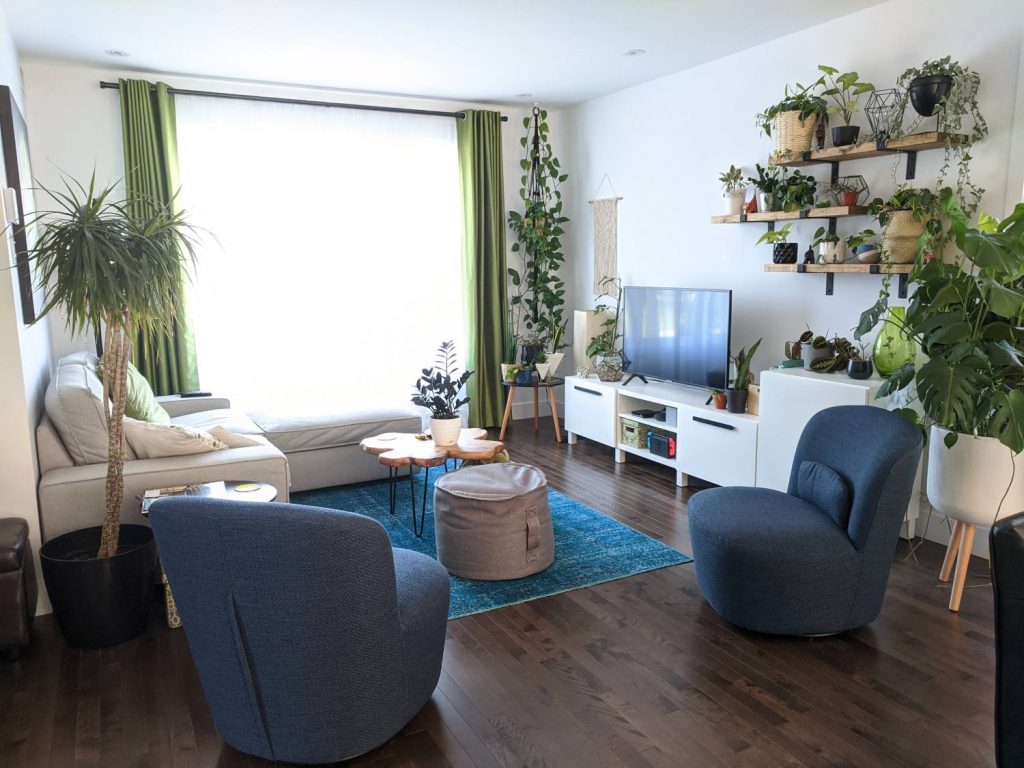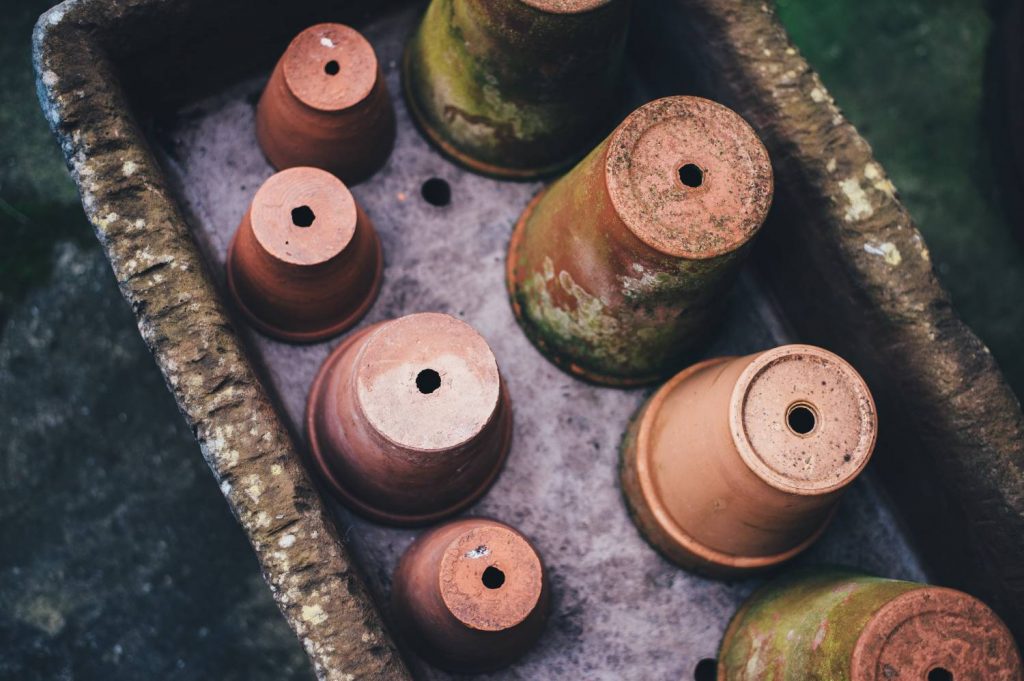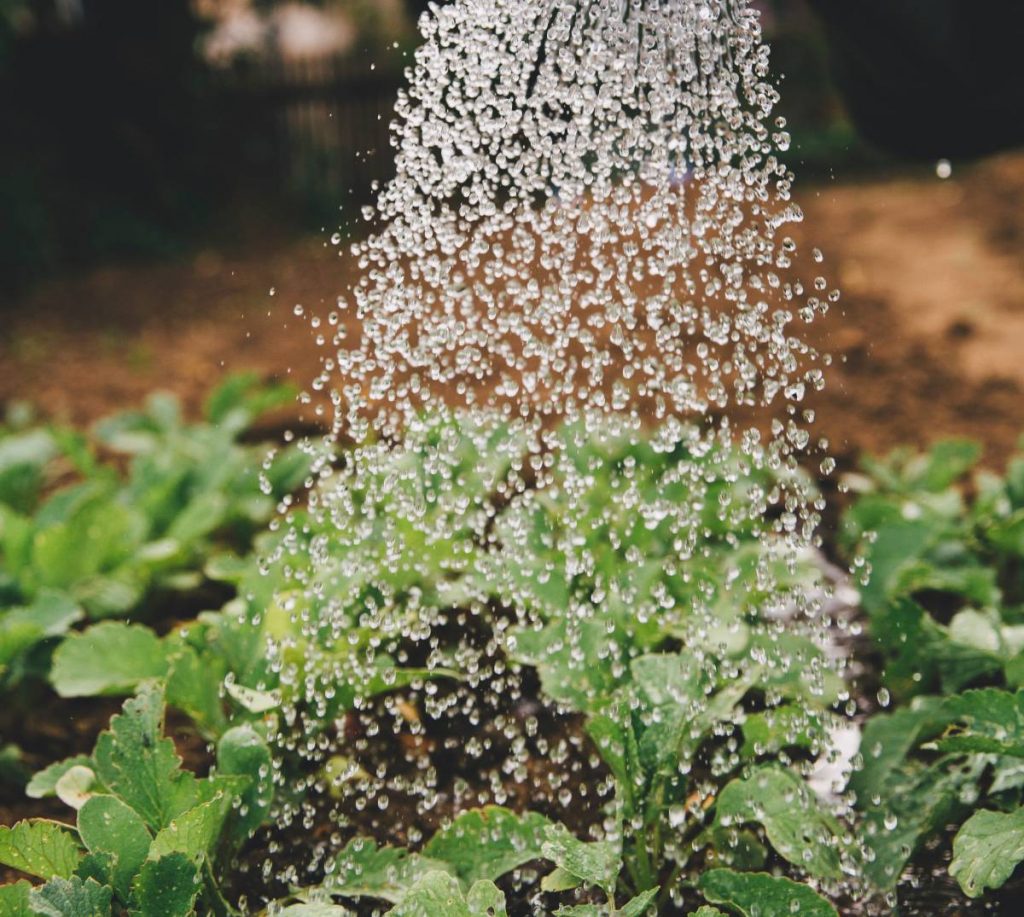Houseplant Haven: Cultivating a Healthy Indoor Garden for Beginners and Beyond
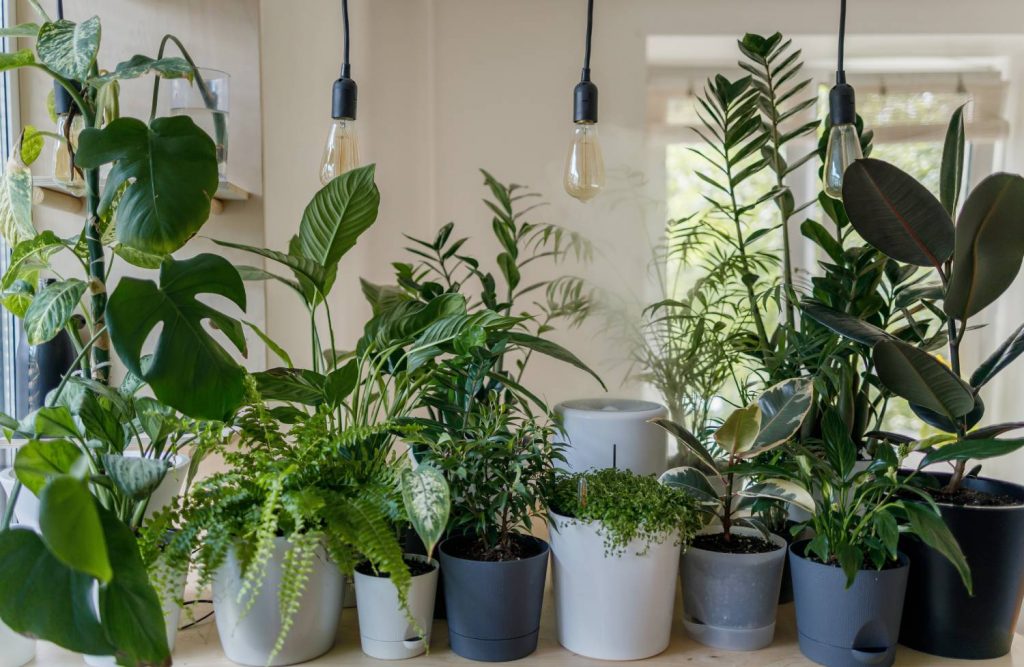
Welcome to the enchanting realm of houseplants, where your home becomes an indoor oasis filled with lush greenery. Whether you’re a seasoned horticulturist or a newbie exploring the world of plants, this comprehensive guide will provide you with the tools and knowledge you need to grow a thriving, vibrant indoor garden. Let’s embark on this exciting journey and uncover the secrets to successful houseplant care.
- Picking the Perfect Houseplants:
Selecting the right plants for your space is crucial for building a successful indoor garden. Assess your home’s light, temperature, and humidity levels, and consider your own commitment to plant care. Here are some popular, low-maintenance options to start with:
- Peace Lily (Spathiphyllum)
- Rubber Plant (Ficus elastica)
- Philodendron (Philodendron spp.)
- Dracaena (Dracaena spp.)
- Mastering the Art of Lighting:
Proper lighting is essential for healthy plant growth. Each plant has unique light requirements that can be classified into three broad categories:
- Low Light: Shade-tolerant plants, like the Peace Lily and Dracaena, thrive in indirect sunlight or low-light conditions.
- Medium Light: Rubber Plants and Philodendrons require bright, indirect light, making them ideal for rooms with east- or west-facing windows.
- High Light: Plants such as the Bird of Paradise and Cacti crave direct sunlight and are best placed near south-facing windows.
- Watering Wisdom:
Finding the right balance in watering is crucial, as over-watering can lead to root rot and under-watering can cause wilting or browning leaves. Some general guidelines include:
- Allow the soil to dry slightly between waterings.
- Use a moisture meter or the finger test to gauge soil moisture levels.
- Adjust watering frequency based on seasonal changes and each plant’s specific needs.
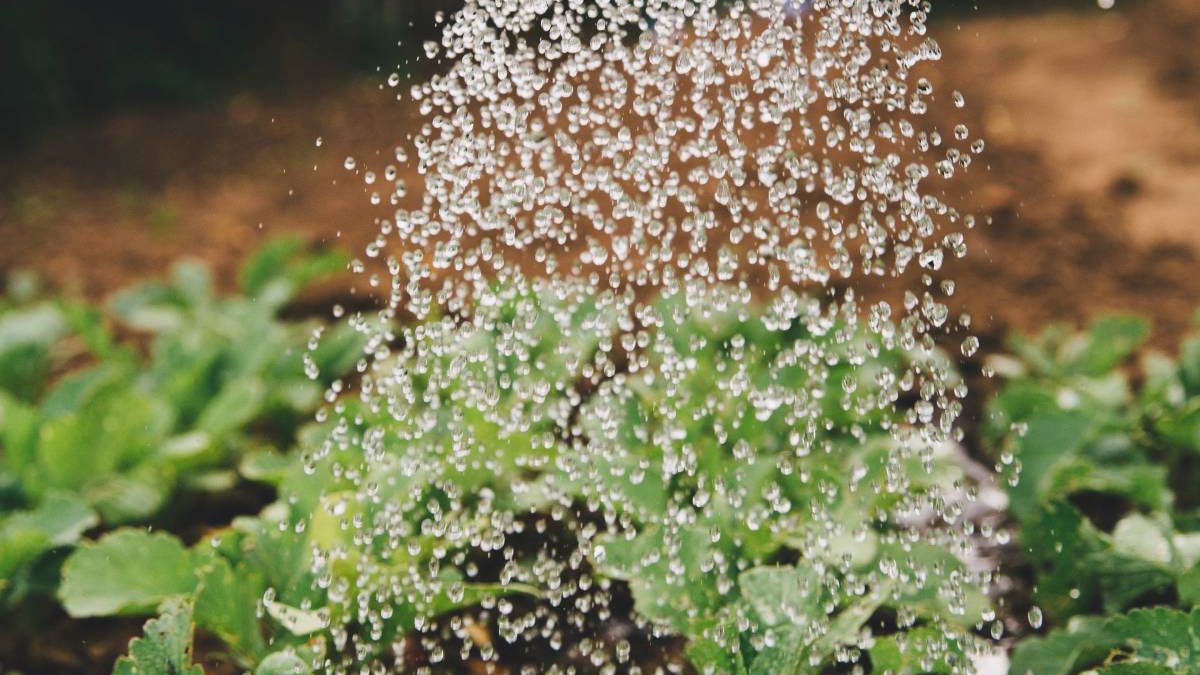
- Nutrient Know-How:
Providing your houseplants with essential nutrients is key to promoting healthy growth. Fertilizing your plants regularly ensures they receive the nourishment they need. Keep these points in mind:
- Use a balanced, water-soluble fertilizer (e.g., 10-10-10) every 4-6 weeks during the growing season.
- Follow the manufacturer’s instructions for dosage and application frequency.
- Limit or stop fertilizing during winter months, when plant growth slows.
- Balancing Humidity and Temperature:
Maintaining optimal humidity and temperature levels is crucial for houseplant health. Aim for humidity levels between 40-60% and temperatures between 65-75°F (18-24°C). To create the perfect environment:
- Use a humidifier or group plants together to raise humidity.
- Avoid placing plants near drafts, air conditioners, or heating sources.
- Mist plants regularly or place them on a tray filled with water and pebbles.
- Pruning and Grooming:
Regular maintenance keeps your houseplants looking their best and encourages healthy growth. Follow these tips for optimal plant care:
- Remove dead or yellowing leaves to promote new growth.
- Trim overgrown plants to maintain desired size and shape.
- Rotate plants periodically to ensure even growth and light exposure.
- Keeping Pests at Bay:
Houseplants may occasionally fall prey to pests such as scale insects, whiteflies, or fungus gnats. To protect your plants:
- Inspect new plants for pests before introducing them to your indoor garden.
- Keep plant leaves and surrounding areas clean and dust-free.
- Quarantine affected plants and treat infestations using organic methods, like insecticidal soap or diatomaceous earth.
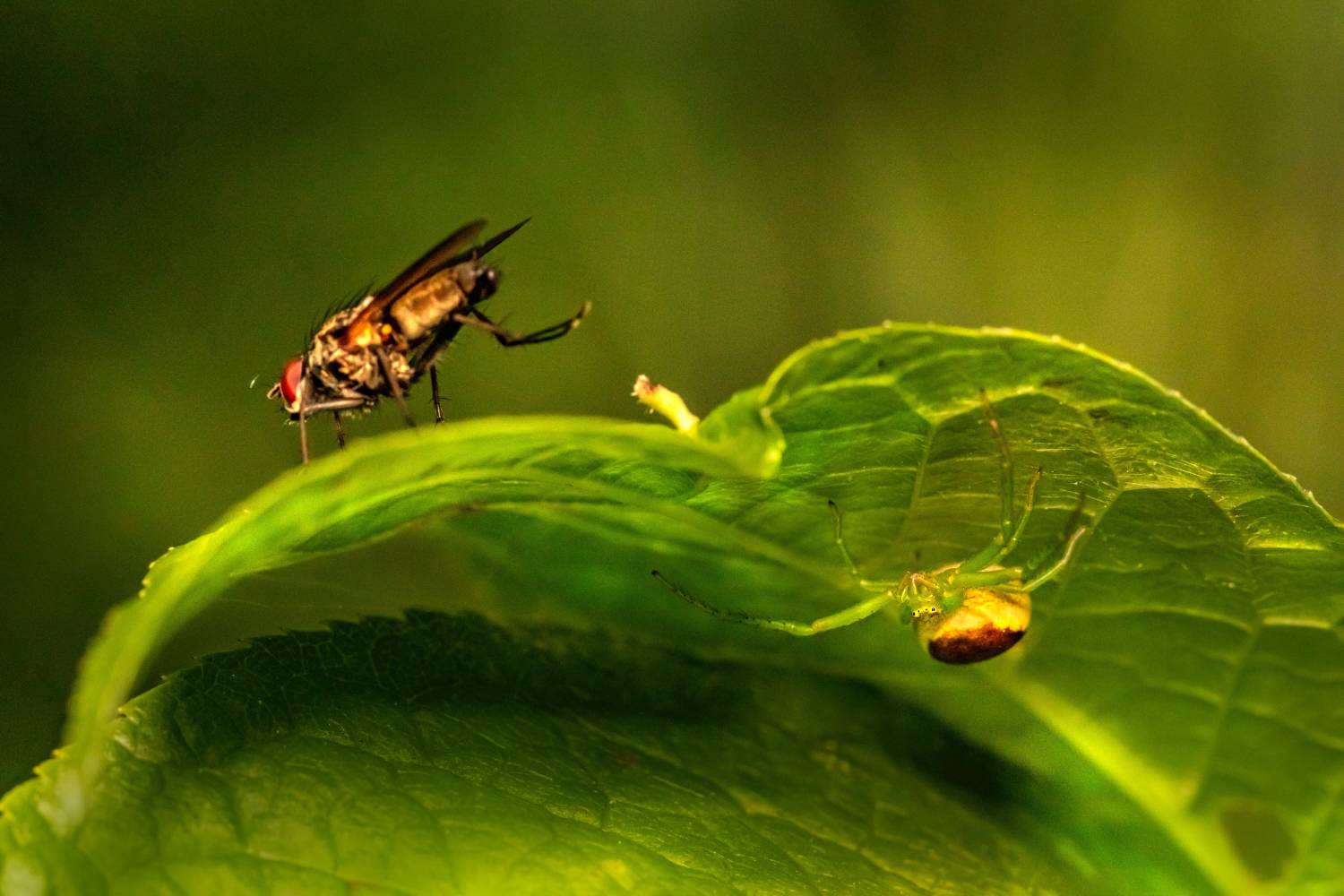
- Repotting for Growth:
As your houseplants grow, they may need repotting to accommodate root development. Signs that it’s time to repot include:
- Roots growing out of drainage holes or appearing on the soil surface.
- The plant becoming top-heavy and struggling to stand upright.
- Soil drying out quickly after watering or water running straight through the pot.
When repotting, choose a pot that’s 1-2 inches larger in diameter than the current one, and use fresh, well-draining potting soil. Gently tease apart any root-bound roots before placing the plant in its new pot.
- Propagation Magic:
Propagation is a fascinating aspect of houseplant care that allows you to create new plants from existing ones. Many houseplants can be easily propagated through methods such as stem cuttings, leaf cuttings, or division. Try your hand at propagating these popular plants:
- Philodendron: Take a 4-6 inch stem cutting with at least one node, and place it in water or soil until roots form.
- Rubber Plant: Remove a healthy leaf and let it callous over for a few days, then place it in moist soil.
- Peace Lily: Gently divide the plant at the root ball, ensuring each section has roots and leaves, and repot.
- Houseplant Care Resources:
As you dive into the world of houseplant care, there’s a wealth of information and support available to help you grow your indoor garden. Some valuable resources include:
- Houseplant care books: Check out titles like “How to Raise a Plant and Make it Love You Back” by Morgan Doane and Erin Harding or “Plant Parenting” by Leslie F. Halleck.
- Online forums and social media groups: Engage with fellow plant enthusiasts on platforms like the Houseplant Addicts Facebook group or the r/houseplants subreddit.
- Local plant shops and nurseries: Consult with knowledgeable staff members who can offer guidance and recommend plants suited to your home.
Caring for houseplants is a fulfilling and therapeutic pastime that connects you with nature and brings life to your living space. By following this comprehensive guide, you’ll be well-equipped to cultivate a flourishing, green indoor garden. Embrace the wonders of the plant world and enjoy the calming presence of your leafy companions. Happy growing!
